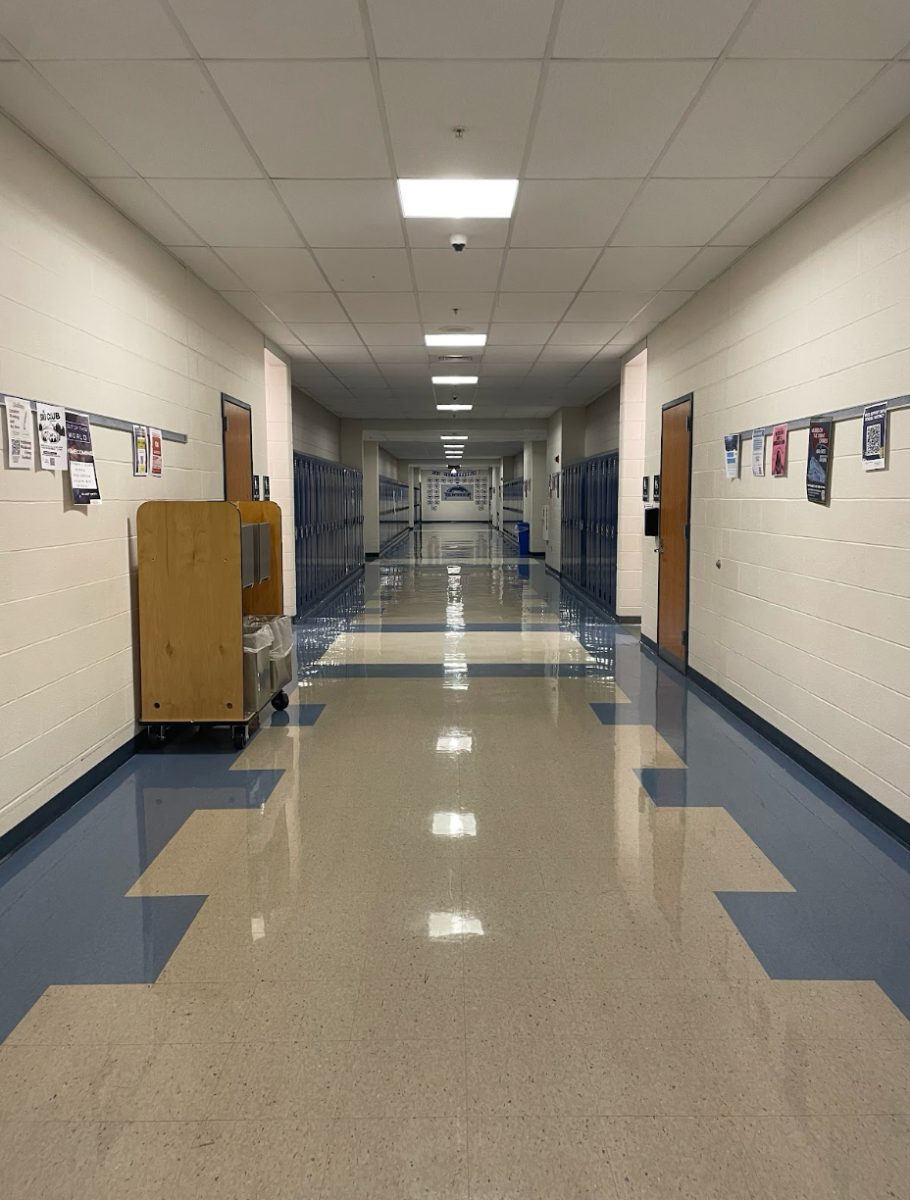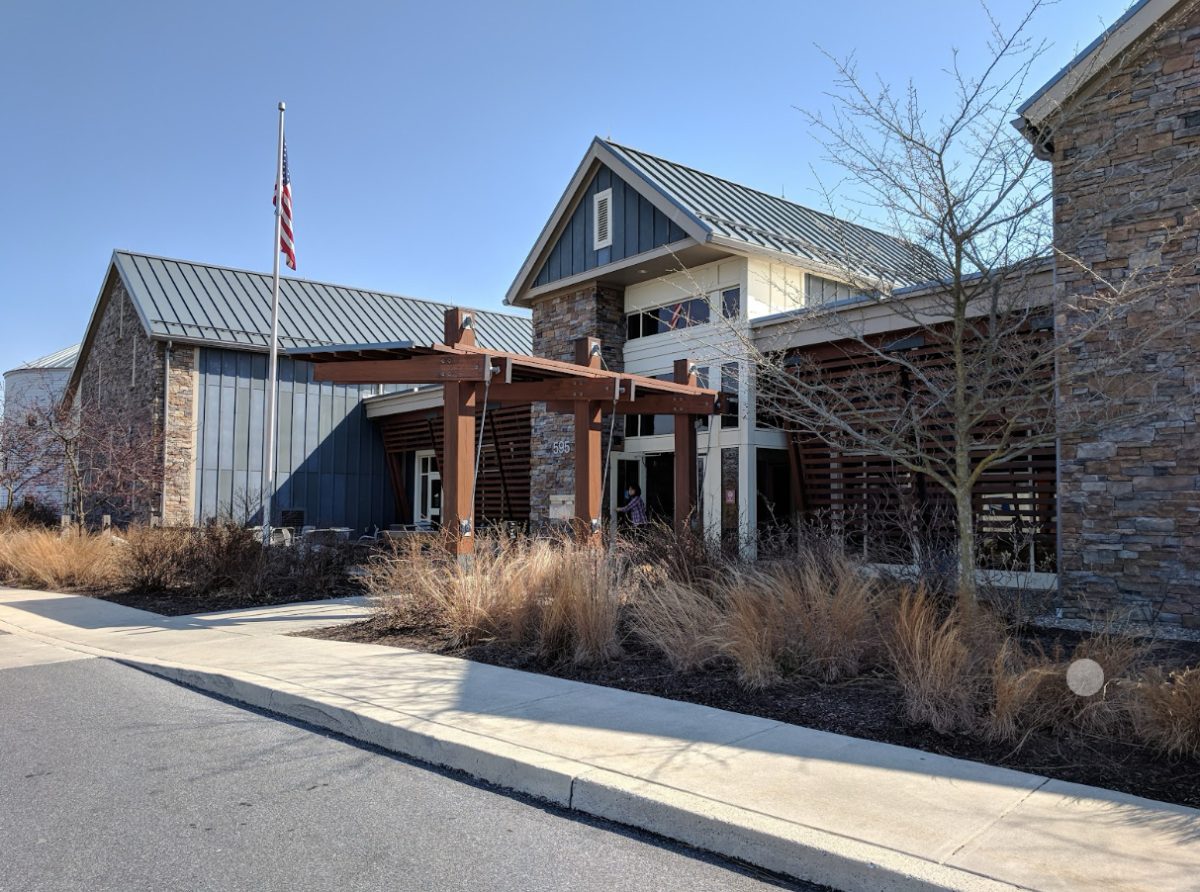The bell rings, signaling the start of lunch, but by the time you wait in line, find your seat and take your first bite, you only have a few minutes left before you have to rush to class. This is a daily reality for many students, and it’s time for schools to recognize that a longer lunch break is essential for our health, focus and overall well-being. A 40 minute lunch period would be the most rewarding duration for students at Manheim Township. To make this possible without disrupting the rest of the school day, the administration could consider slightly shortening each class period by 2-3 minutes—a small change that could make a big difference in students’ ability to relax, eat, and recharge.
First, a 25-minute lunch period does not guarantee 25 minutes of eating time. The short lunch period is made even shorter by the constant struggle to navigate a packed cafeteria—waiting in long lines, gathering essentials like utensils and napkins, sharing a few rushed moments with friends and then hurrying to clean up. These daily obstacles leave students with barely enough time to eat, let alone rest and recharge. We deserve a lunch break that truly supports our health, our focus and our ability to succeed. Every day, students are forced to choose between eating too quickly or not eating enough.
“It takes too long to get your meal,” said Onyii Odume, a sophomore at Manheim Township. “And by the time you are able to sit down, there is not near enough time to catch up with friends and finish your food”
Nutritionists agree that eating slowly and mindfully contributes to better digestion and overall health. When students are rushed to eat their meals, they not only miss out on savoring their food but also risk poor digestion and overeating later in the day. A longer lunch period would allow students to consume their meals at a healthier pace, ensuring that we receive the full nutritional benefits necessary to fuel their bodies for the rest of the day. As you may have heard, food is the body’s medicine.
Furthermore, adequate break time can improve concentration and cognitive function and performance. When we have a few extra minutes to eat and relax, we return to class more focused and ready to learn. Instead of dragging our feet into the next class hungry and stressed, students would be better equipped to participate actively in discussions and absorb new information, ultimately enhancing our academic performance.
Lunch time is not just about eating; it’s also students’ only opportunity during the school day to decompress and socialize. A longer period can provide the space needed to catch up with friends, share stories and connect with our community. Without the chance to engage in meaningful conversation with friends, lunch becomes yet another rushed chore, rather than a moment to relax and connect, turning what should be a break into another obligation. This social interaction plays a crucial role in reducing stress, improving mental health and fostering a positive school environment, where students feel valued and encouraged.
Extending the lunch break isn’t merely about giving students more time to eat—it’s about recognizing the importance of their overall well-being. Schools should consider the positive impacts on health and academic success when planning the daily schedule. Small changes like adding just a few minutes to lunch could lead to significant improvements in our daily lives.
With better nutrition, enhanced focus and more social interactions, students will be more prepared to meet the demands and challenges of the school day. It’s time for educators and administrators to truly hear our voices—the ones directly impacted—and work with us to create change that benefits all of us.
Longer lunch breaks could be the key to unlocking a healthier, happier and more productive student body at Manheim Township.















